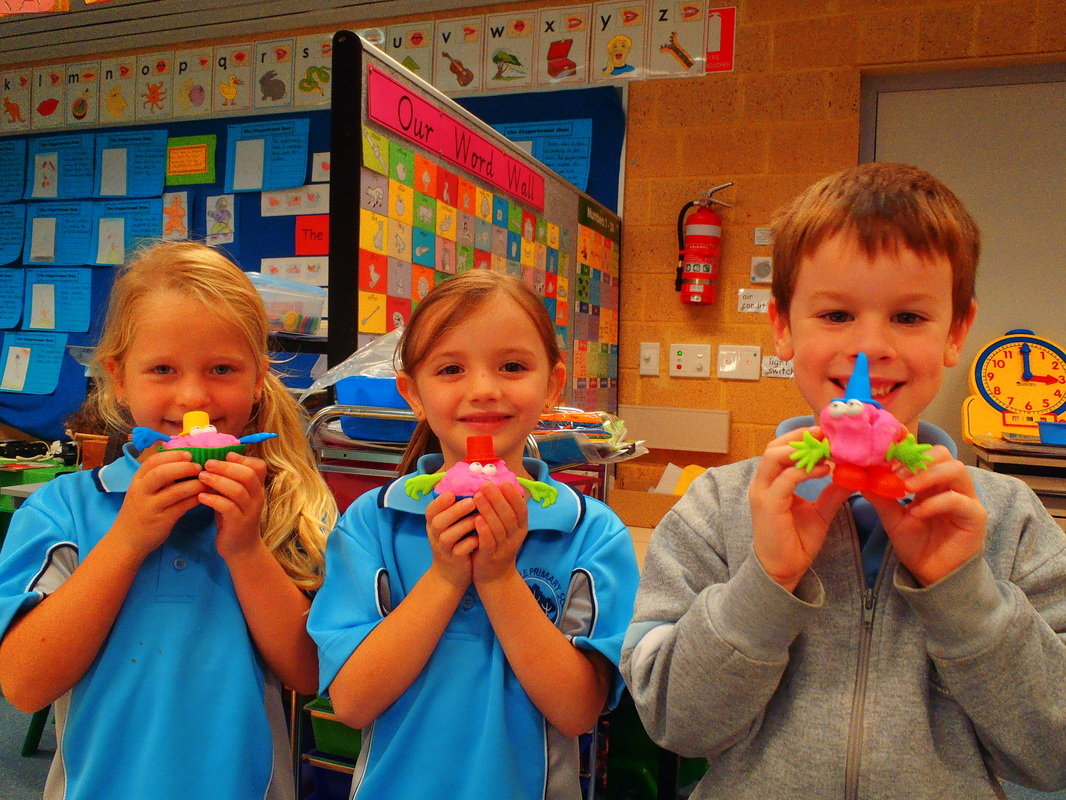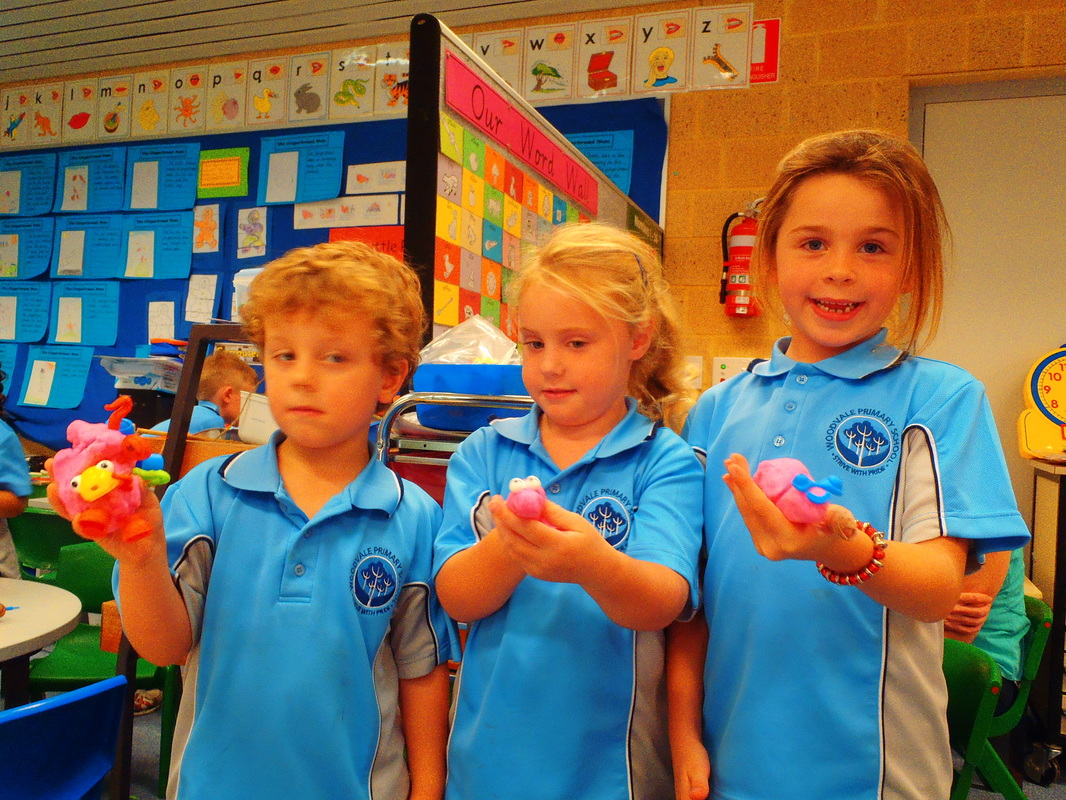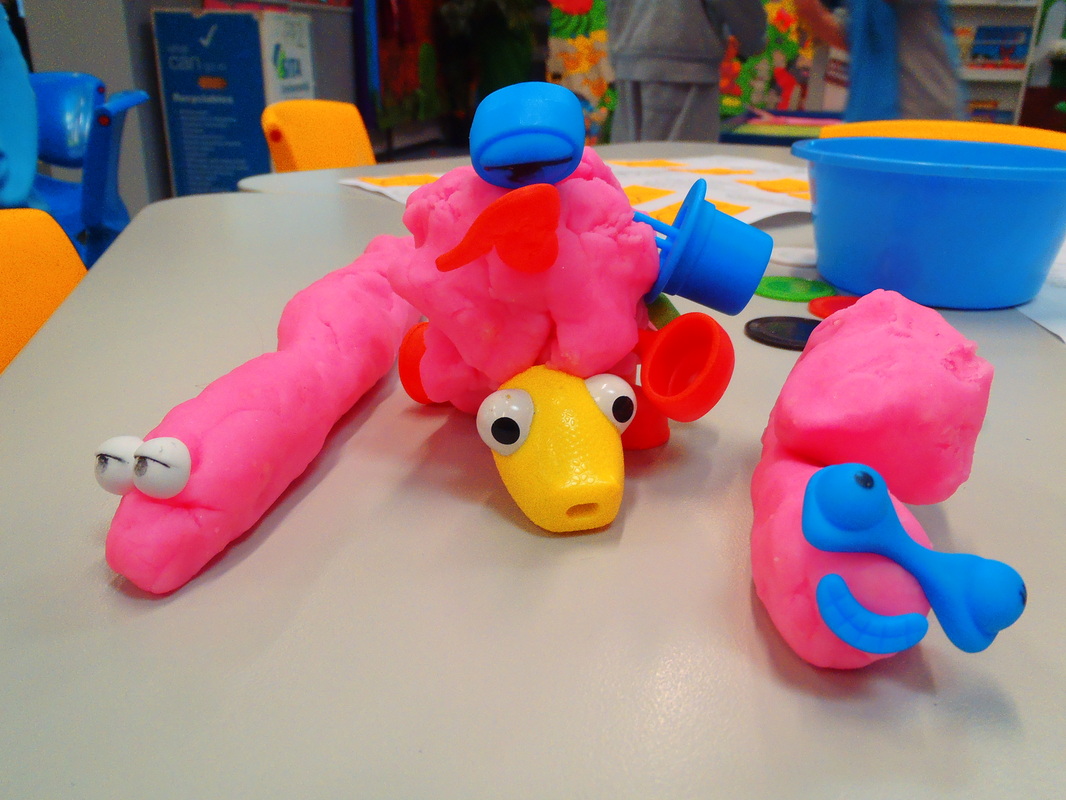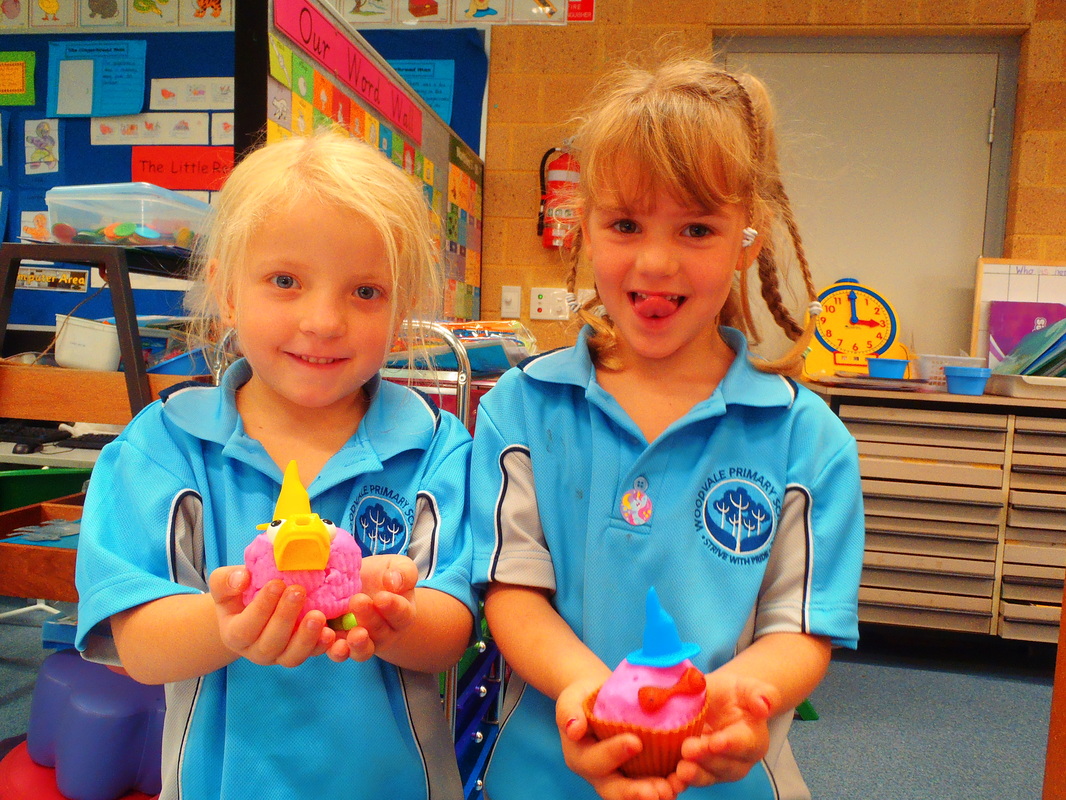Hi Everyone,
Wow what a busy two weeks we have had in Pre Primary 2!
It was wonderful to see so many Mums come to our Mother’s Day afternoon. The children enjoyed spending the first week of the term making biscuits and decorations for the classroom. The children learnt about patterning when making their paper chains and also what sounds are in the word Mum.
Each child wrote a lovely sentence about their Mum in their daily writing books. The children were asked to complete the statement “I love my Mum because” and their responses are on a poster which is displayed on the classroom window.
A huge thank you to all our wonderful Mums who shared this special afternoon with us. I hope you were all spoilt on Sunday as well.
Along with preparing for our Mothers Day afternoon, we have been busy getting to know each other and enjoying the new classroom layout. The most popular area is the home corner, and the children are enjoying dressing up as princesses or knights. The role play has been wonderful to watch, and the children are doing a fantastic job sharing and looking after the equipment and dress ups.
This week, we have been reading “Queen’s Quest” and “The Shiny Knight”. The children have learnt how important it is for a knight to shine his armour and keep it clean. They each traced a template of a crown, cut them out and decorated them with jewels and collage. They all made very regal looking crowns and are looking forward to wearing them and being Pre Primary Kings and Queens.
PP2 students are writing in their daily writing books, and are demonstrating their ability to sound out simple words. All the children are willing to have a go and they are demonstrating fantastic sounding out and letter identification skills. It is wonderful to see how excited they are to write about the topic of the day. The children would love to share their writing with you. The daily writing books will be available in the mornings for you and your child to read their fantastic work.
It has been wonderful start to the term, and I am lucky to have such a wonderful class of enthusiastic, motivated and engaged students. We are looking forward to exploring our Knights theme throughout this term. Be on the
lookout for dragons in the coming weeks!
Thank you,
Mrs Janine Rogers
Pre Primary 2
 During the holidays you can assist your child to revise concepts we have been learning this term. As you revisit previous posts it will aid you in remembering the various concepts and ideas you can use at home.
* In our phonics programme we have looked at the letters;
s,a,t,p,i,n,m,c,d,g,c,k,ck
You can assist your child in recognising these sounds as well as forming them.
* We are focusing on hearing individual sounds in consonant-vowel-consonant words and blending and segmenting these sounds. eg. Dog has 3 sounds d-o-g (segmenting) and B-e-d makes the word bed (blending).
* We have looked at text conventions and are using this skill when reading and writing simple texts. Over the holidays is a great opportunity for your child to retell events, draw a picture and write about their experiences, write a caption for a photo, send a letter to a relative, have a phone conversation about an activity they have done etc.
* When using oral language, encourage your child to use full sentences, correct tense and pronouns, expand on their ideas, connect their ideas using a range of connectives such as; next, then, and, and then, so, because. Also encourage your child to use appropriate speaking conventions; looking at the listener, speaking clearly and using an appropriate volume and tone of voice.
* Practice letter formation using various materials such as paint, chalk, water and paint brush, shaving cream, mirrors, sand, flour, playdough, rice etc.
* Revise rhyme and syllables.
* Numbers to 15: recognising numbers and forming numbers.
* Simple addition using objects
* Measurement using objects.
* 0-9 number sequence.
* Pencil grip and scissor skills.
* Make the most of incidental learning opportunities such as hanging out the washing, posting letters, shopping, making dinner, folding clothes, sorting items, reading stories, art and craft and retelling events. All these experiences have rich learning opportunities that only take a few minutes to reinforce and practice.
I hope you have a safe and happy holiday, I want to thank all the parents for your support and hard work this term it has been an absolute pleasure to meet and work along side you. I will come and visit through out next term so I will hopefully see you all then.
 Click to access song Last week we looked at Row, Row, Row Your Boat. We sang the orogianl version and then looked at an alternate version that incorporated different animals and bodies of water. Using the different animals the students then chose an animal to create their own page in our class Row, Row, Row Your Boat Book. They then had to identify the correct words from a list and copy them into their Nursery Rhyme. We identified the rhyming words in the Nursery Rhyme which helped us to remember each animal and where it belonged. We then discussed various environments that animals can live in and special features they have as a result. You can read our class book in our book corner.
We explored the concept of float and sink using the water trolley and then designed and created a boat using various materials. We drew a diagram of our boat, listed the materials we used and explained why we chose those materials. Once we had built our boat we tested them in the water trolley. We then reflected on the materials we chose and if they were effective.
In Literacy we are continuing to look at text conventions and as a class highlighted the start of the Nuresry rhyme passage, capital letters, long and short words, full stops and text direction. This is an important skill that helps us to navigate a text as well as apply this kowledge when we are writing.
To develop our oral language we played a game called pass the picure. We sat in a circle and passed a beanbag around to the left, that is the way we form our letter c, just like we are learning this week. When the music stopped the person holding the beanbag was given a picture card. They created clues for the rest of the class to guess what they were holding. We were very good at giving descriptive clues and guessing what the mystery picture was. After this game, we used our skills to create a class book. We selected a picture and gave clues for our reader to guess. You can read our class descriptive language book in our book corner. You could play this game at home using pictures or objects.
As a part of tuning into sounds and phonetical awareness we have been looking at final sounds in words. We are getting much better with our initial sounds and are now listening carefully to detect the final sound in words. This will assist us to blend letter sounds when reading and segment sounds when writing.
In Numeracy we are revising addition and also looked at odd and even numbers. We discovered that all even numbers must have a 2,4,6,8 or 0 at the end. An even number means it can be shared into two groups or divided into two equal groups, just like when we line up with a parnter. If we have an odd number of people not everyone will have a partner. We then played Numbler Jumbler on the Interactive Whiteboard to sort the even and odd numbers. We have also been looking at the concept of measurement and using objects to measure height, length and width. When measuring we need to remember to start at the bottom of an object and measure all the way to the top in a straight line with no gaps. We used this skill to measure the height and width of a boat using blocks and then created an anchor to any length we chose.
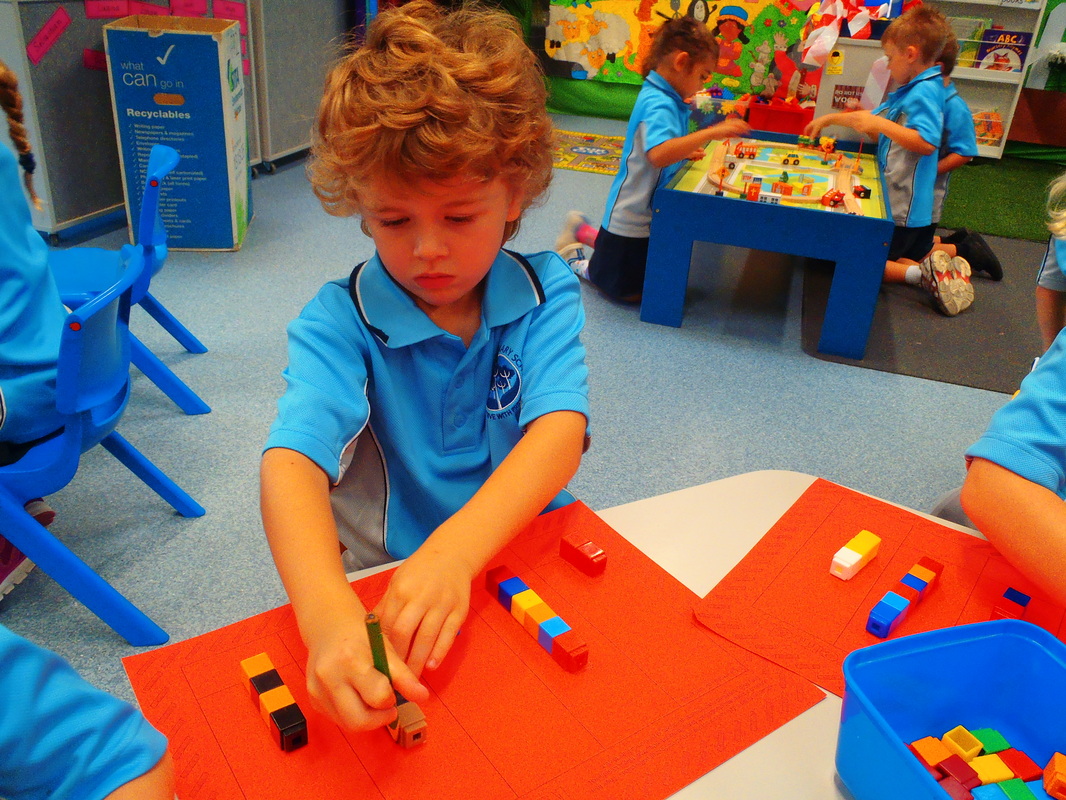
Making and comparing height towers using dice
|
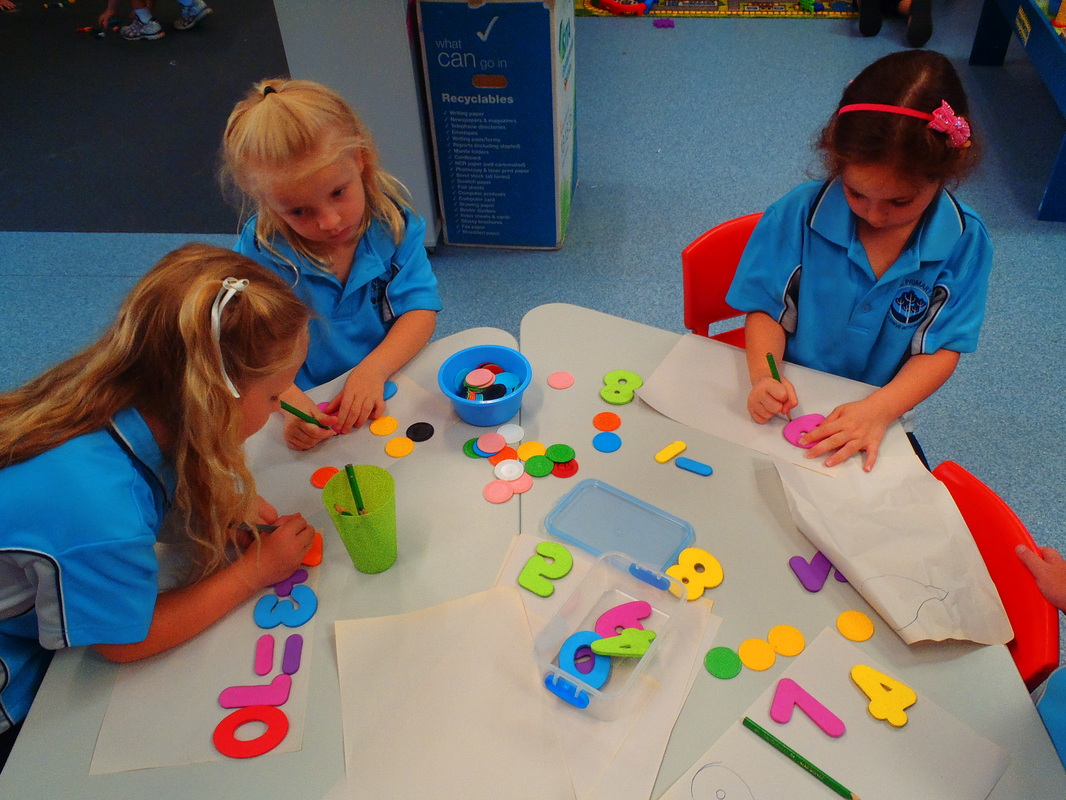
Creating addition sums
|
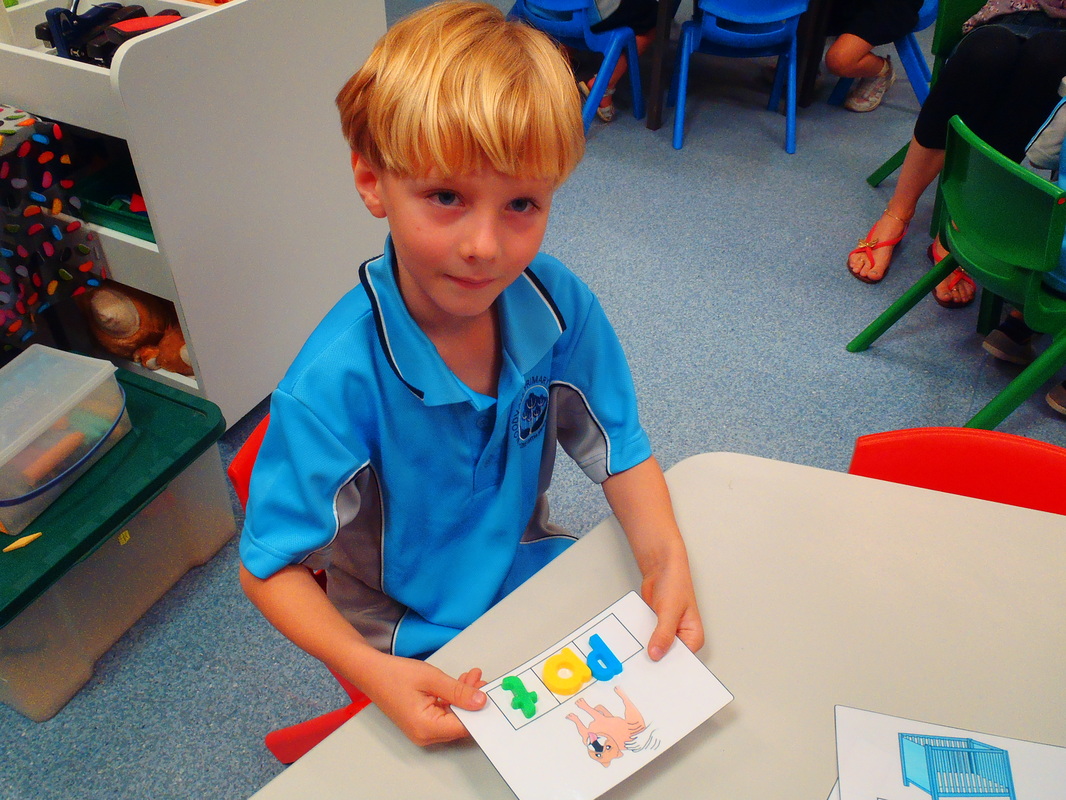
Creating consonant-vowel-consonant words using word frames.
|

Creating words using playdough cutters.
|
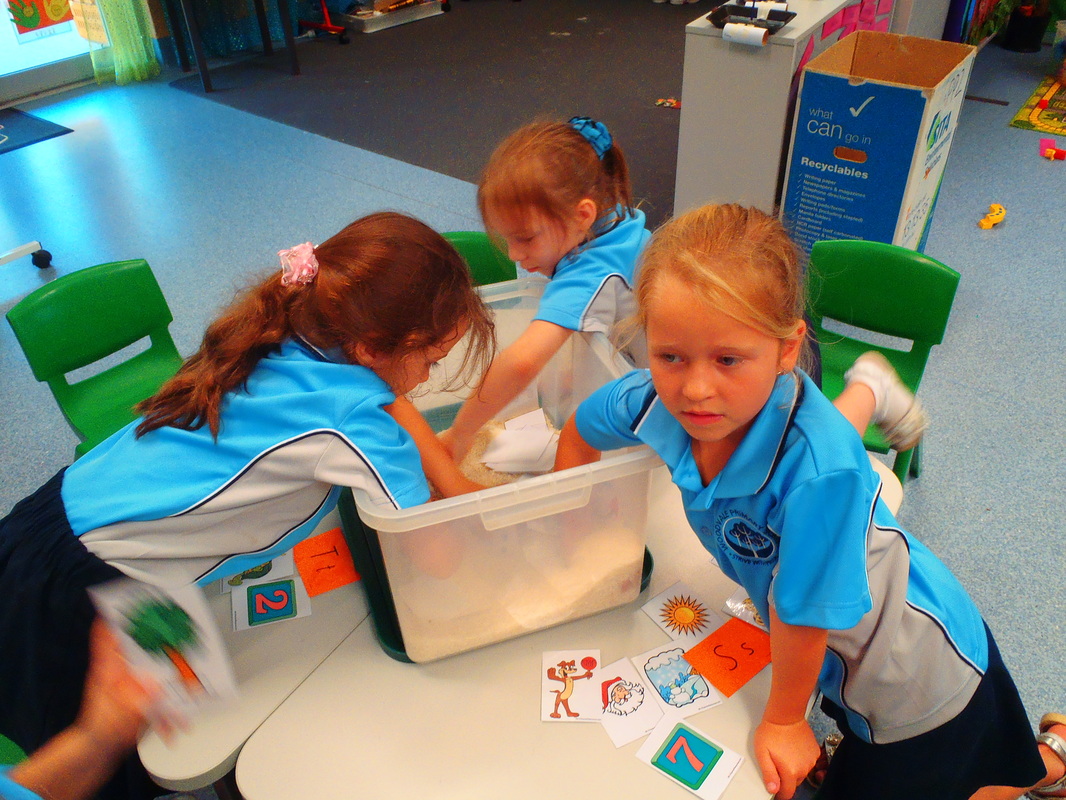
Sorting intial sound pictures
|
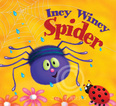 Last week we looked at the Nursery Rhyme Incy Wincy Spider. We made an Incy Wincy background using crayons and edicol dye. Our focus was on pencil grip and ensuring we coloured in the entire picture so when we used the edicol dye it only covered the areas we had not coloured. We then used left to right stokes of the edicol to assist us with reading and writing directionality. We then used small pieces of crepe paper which we scrunched up using our pincer grip to create Incy Wincy. We then labeled our picture. From the Nursery Rhyme we answered blank leveled questions and wrote a sentence about what our spider was doing.
We watched the "Magic School Bus Spins a Web" and learnt that spiders can make a web using spinnerets to catch their prey, some spiders build traps under the ground and some spiders hunt for their food. We then Wrote a spider fact and traced a web pattern to develop our fine motor skills.
We used the Braidy tool to assist us in creating a short narrative sequence about Incy Wincy Spider. Our focus was to connect our ideas, use full sentences and appropriate tense. You can assist your child at home by encouraging who, what, where, when, why and incorporate feelings into event retells and generating stories.
We have also been focusing on our listening and comprehension skills. When we listen we need to ensure we listen to the whole instruction, we clarify and misunderstandings and we complete each step asked of us. You can help your child at home by giving them simple 3 step instructions eg. Alex, can you go and get your school bag, shoes and hat please? To reinforce what you are asking ensure you have your child's attention. They are looking at you, get them to repeat the task if necessary, break instructions down into manageable steps. Use physical/visual prompts if required.
In our phonics programme we are focusing on recognising the visual letters and the sounds they make. We are then using this knowledge to decode simple consonant-vowel-consonant words. You can assist your child at home by revising the letters in the home tasks section of the BLOG, identifying letters within the environment, alphabet games, flash cards, identifying and decoding simple words in books etc.
As we continue to progress through our phonics programme a major focus is fine motor control in order to develop your child's pencil grip and letter formation. Activities such as tweezers, picking up small objects, pegs, spray bottles, playdough, painting, chalk, finger painting, threading etc will all assist in developing your child's fine motor control and strengthen the muscles in their hands. When your child is writing monitor how they hold their pencil, their posture, the pressure they apply to the page or surface, how tightly they are holding the object (pencil, paint brush etc) and the direction they form their letters. These aspects are much easier to correct at point of need rather than your child developing a habit which becomes much harder to correct.
We used playdough to create characters. We had to give them a name and a setting in which they lived. These are some of our characters:
|
Harry: My character is called Scoopy and he lives with his friend.
Sophie: My character is called Sparkles and she lives in Woodvale.
Jack: My character is called Jayden and he lives in a witches house.
Sebastian: My character is called Sebastian and he lives on the moon.
| Olivia: My character is called Whitey and he lives at home.
Erin: My character is called Maggie and she lives in the garden.
Sienna: My character is called Isabella and she lives in a cave.
Holly: My character is called Petty and hse lives in a jungle.
Leah:My character is called Leah and she lives in the jungle.
| In Numeracy we are looking at teen numbers. We revised the 1-9 number sequence and used this knowledge to assist us when ordering teen numbers. We then made a web using wool and followed the 11-20 number sequence. We are continuing to look at addition and have introduced the concept of subtraction or take away. Using counters we practiced Number stories from Incy Wincy Spider. At home you can assist your child by using language involving more/less, take away, addition, how many altogether, how many are left, and providing situations in which they can use simple addition and subtraction. Eg. Counting how many knives and forks they need, count the pegs when bringing in the washing, count how many tomatoes are left in the bag after we have used some to make sandwiches etc.
At home you can revise numbers 11-20 with your child and encourage your child to identify numbers within their environment. Eg. House numbers, shops, signs etc.
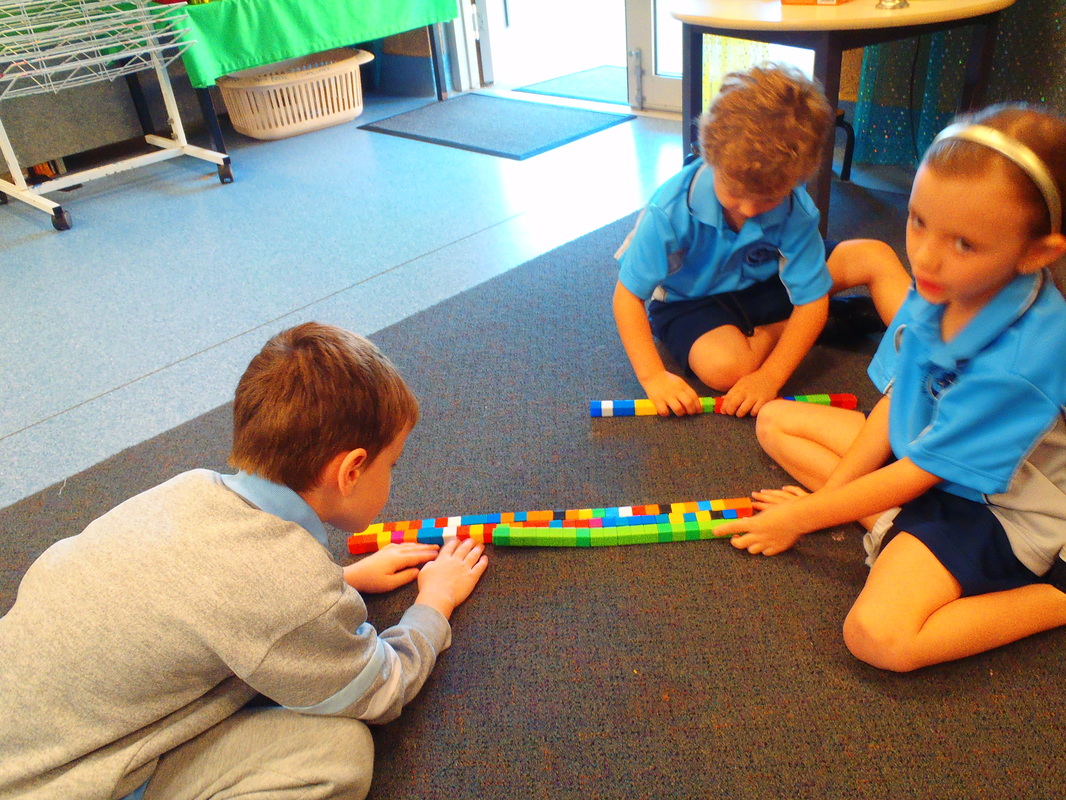
1 to 1 countnig and comparison of objects to compare more and less.
|
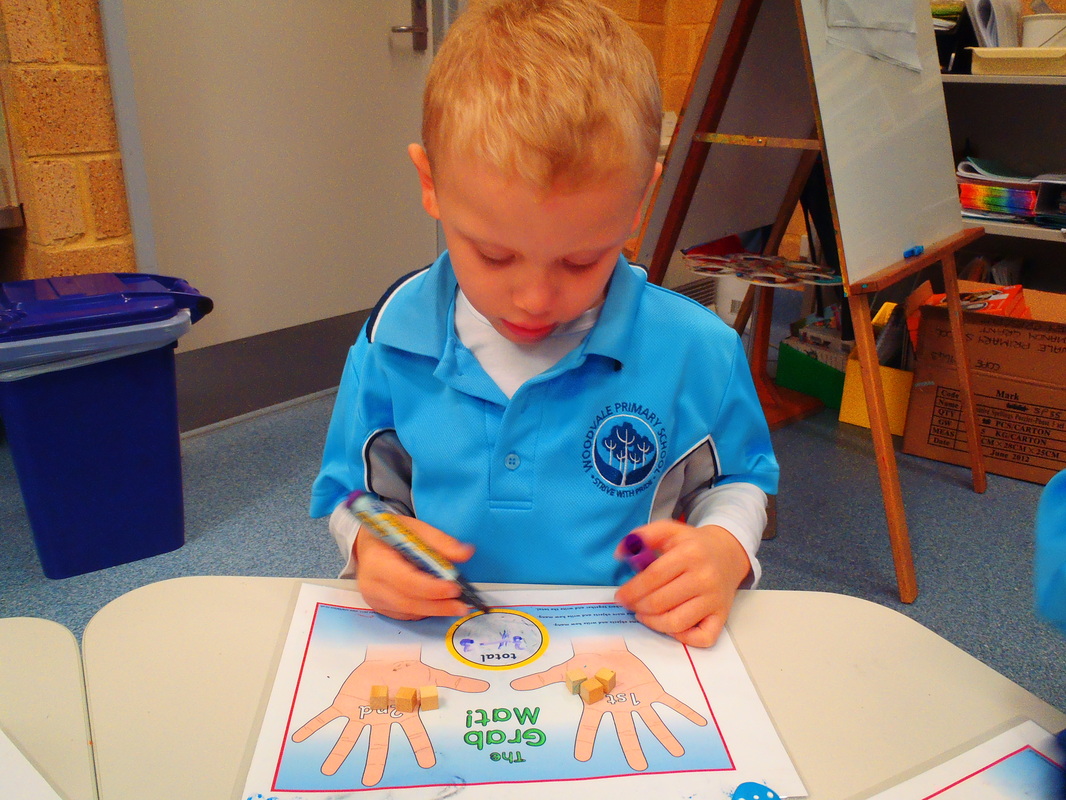
Adding using dice and blocks
|

Creating colour and shape patterns using fine motor threading.
|

Number formation using playdough
|

Identifying number sequence and formation.
|
 Click here to access song We hope you had a lovely Easter Break and got spoilt by the Easter Bunny. This week we looked at the Nursery Rhyme, "Once I Caught a Fish Alive". We used hand actions to count up to 10 and practice small finger movements. We then used different tones of voice to sing each verse. When then sequenced the numbers to 10 and revised counting objects 1 to 1 to make the groups of fish. We placed scales on a fish using numbers 11-20 and had to match the number as well as identify the numbers out of order. We continued to look at number stories and the concept of addition and subtraction. When using objects to count you can assist your child by ensuring they organise the equipment, count only one object at a time, recognise the operation they are performing eg. Addition (adding on) or subtracting (taking away). If your child does make an error ask them to check their answer or if their answer is far from the correct result ask them if it sounds correct. Eg. 4+2 do you think that really makes 30? No that’s too many, lets have another try. We used playdough to create numbers using a laminated number outline as well as sequenced numbers using missing number boards. We are incidentally looking at written numbers and played number bingo where the students had to read the written number and match it to the numeral on their board. To assist the students they had a sheet with the words and numbers which they could match and assist them in identifying the correct number.
We linked this concept of being able to write numbers as words and discovered that everything can be written as a word. Some words we can sound out and other words are tricky that we must remember called sight words. We then practiced writing and reading consonant-vowel-consonant words. You can assist your child by developing their auditory skills to hear the individual sounds in words. This skill is referred to as segmenting eg. Dog has d-o-g. This helps your child when sounding out a word for reading. To assist their writing they require a skill called blending where they can sound out the individual letter sounds and are required to blend them together to form a word. Eg. S-i-t makes sit. By practicing oral blending and segmenting at home this will assist your child when they are reading and writing.
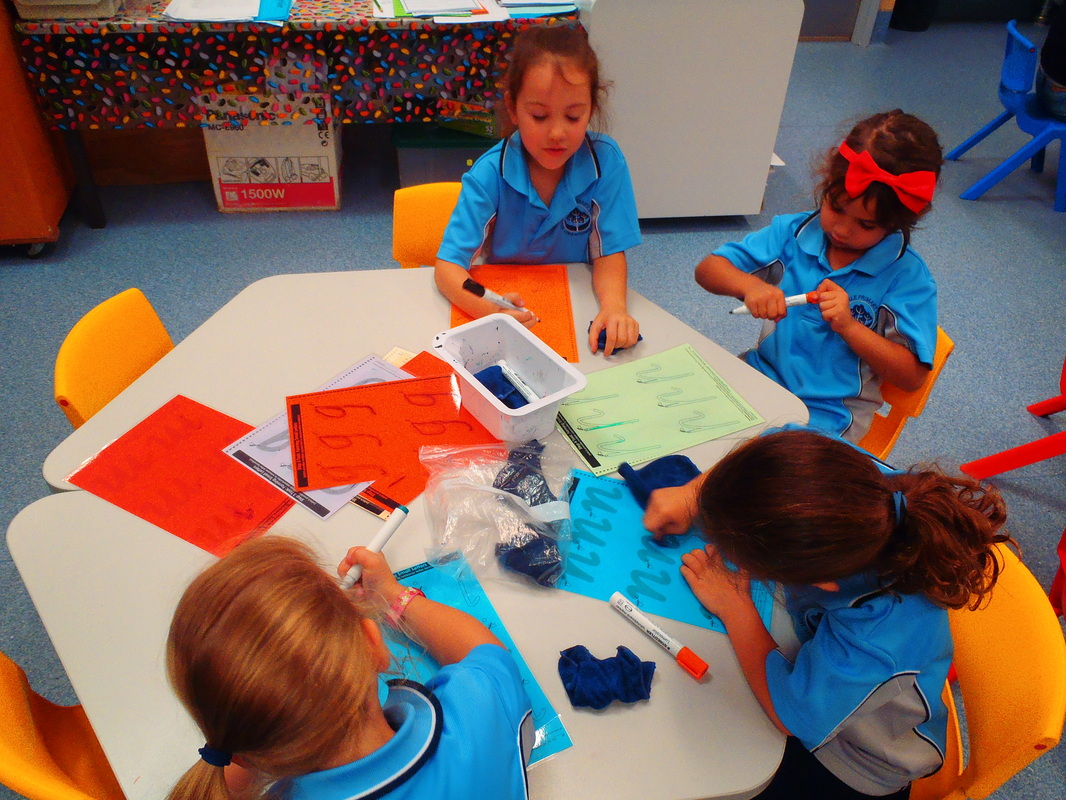
Tracing letters
|
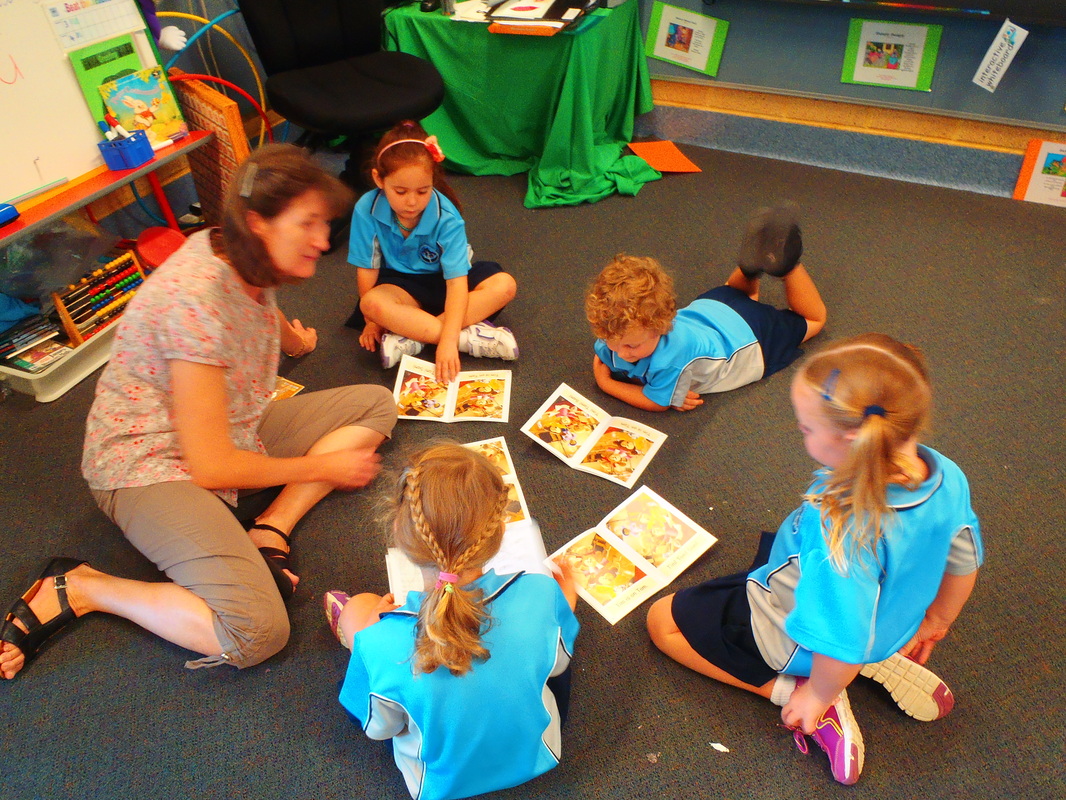
Practicing reading and text conventions.
|
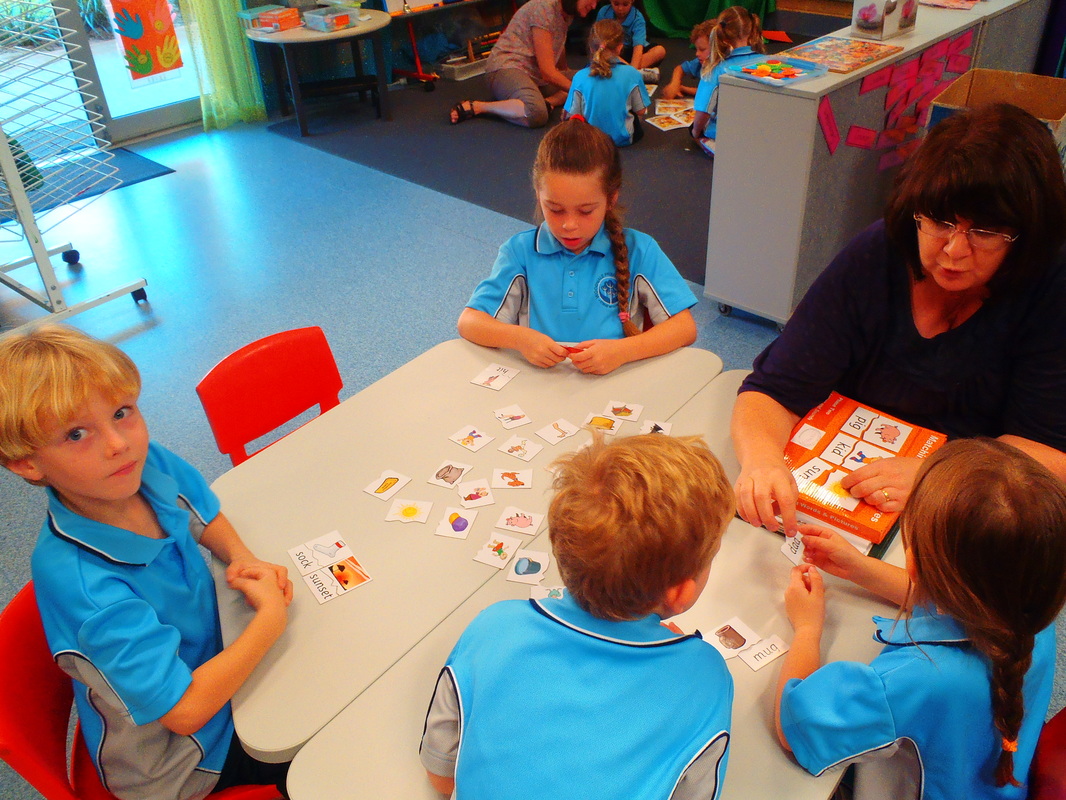
Reading and segmenting words to match to pictures.
|
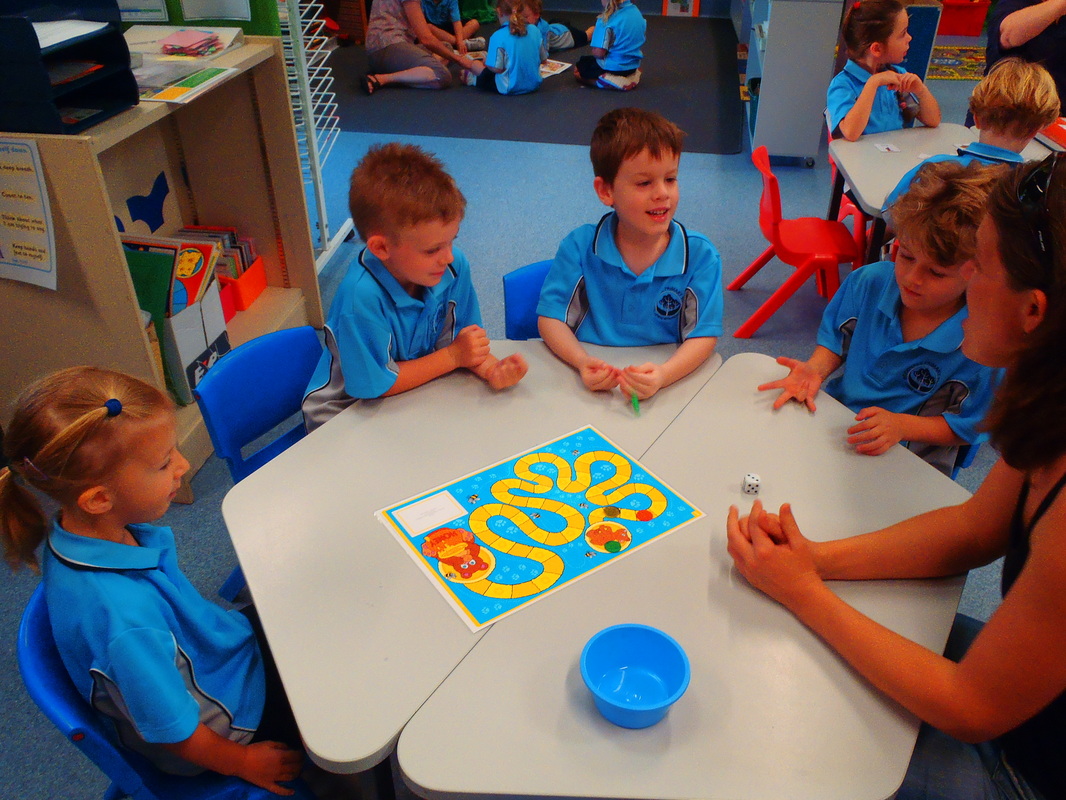
Identifying letters and creating words with initial sounds.
|
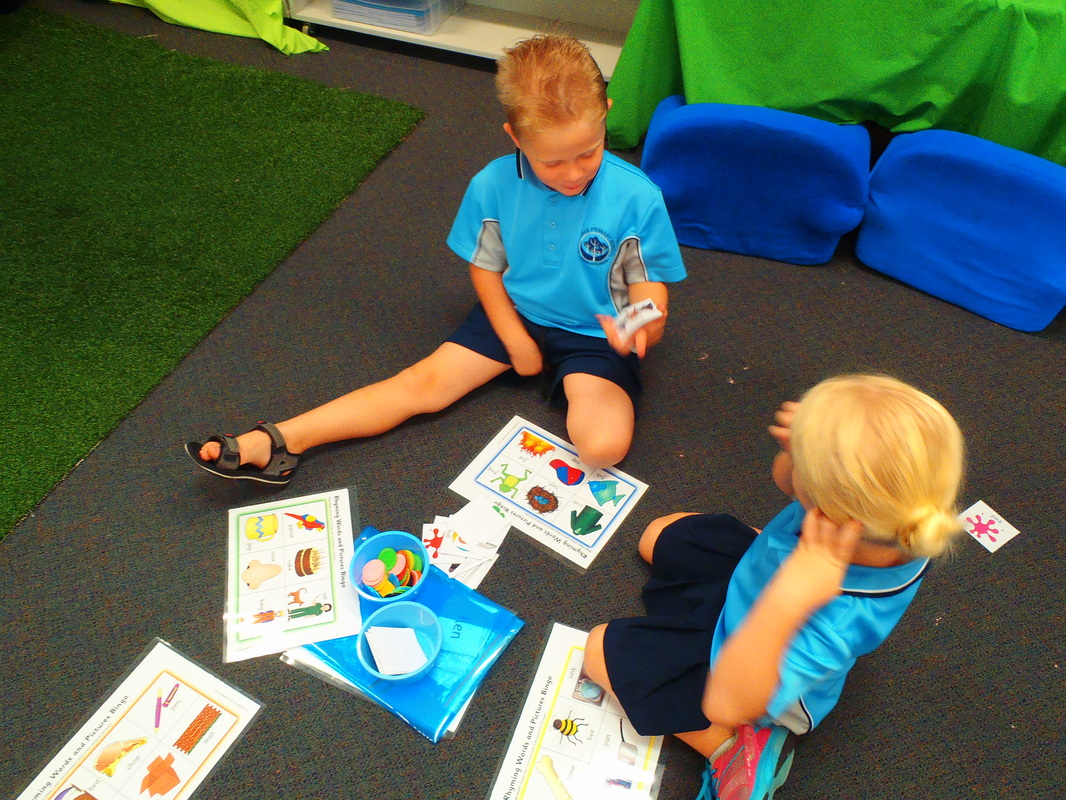
Identifying rhyming words
|
 Click here for clip In week 7 we looked at the Nursery Rhyme Little Miss Muffet. We discussed some new words we learnt in the Nursery Rhyme and discovered that a tuffet is a small stool that can be covered in material and curds and whey is another name for cottage cheese. We created a background using large crayons to colour in the objects and then used edicol dye to paint over the top. We practiced how to hold our paint brush and making strokes from left to right, just like when we read and write. We listened to the Nursery Rhyme and watched a clip on the interactive whiteboard. We then sang the song using differnt tones of voice.
After watching the clip we selected our favourite part of the Nursery Rhyme and drew a picture and wrote a sentence about it. When we write we need to remember to use a capital at the beginning of a sentence, sound out our words, put spaces between our words and use a full stop at the end of the sentence.
Some of our favourite parts were;
Ethan: My favourite part was when Miss Muffet was frightened away because it was funny.
Kristian: My favourite part was when the red back came to see her before she was eating her food because I liked the spider.
Luca: My favourite part was when the spider sat next to Miss Muffet because I like it and when she screamed.
Brooklyn: My favourite part was when Mrs Muffet sat on her tuffet because it looks like a stool.
Holly: My favourite part was when the spider sat next to her because she got scared.
We then looked at the text and identified the various conventions such as, capital letters, long and short words, full stops and where the passage begins and ends. We also answered blank level questions about the Nursery Rhyme. We are very good at predicting what may happen next.
We made a spider using egg cartons and then explored the concept of measurement using a ruler and unifix blocks. We created a web for our spider using origami and then recorded its length.
We are exploring the concept of addition and looked at what addition means. Addition or adding is to combine numbers or objects together to create a total. Just like 4 apples plus or add 3 apples equals or makes 7. We can write our addition sum using symbols; 4+3=7. You can use these new terms at home to help reinforce the concept of addition.
We have commenced our phonics programme and have looked at the letters; s, a, t, p, i, n. We are now using this knowledge to begin blending simple consonant-vowel-consonant words, such as;
sit nip
sat nap
sin sap
at pat
am snap
tap tip
tin pit
You can help at home by sounding out simple consonant-vowel-consonant words eg. Time for B-e-d. Assisting and encouraging your child to read words by sounding and blending letter sounds. Assisting and encouraging your child to form simple words when writing.
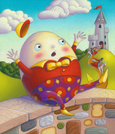 Click to access Youtube Humpty Clip This week we are looking at the Nursery Rhyme of Humpty Dumpty. We revised what is a word and practised counting them in a sentence using counters and body movements. The sentence, "This is a cat" has 4 words. We are working towards recognising the number of words in more complex sentences, for example "The elephant likes to eat bananas" has 6 words.
We used this knowledge to cut out and match words to Humpty's Brick wall. We then counted the number of words in the sentence. We also created rhyming words to fill Humpty's brick wall. We are continuing to look at initial long sounds in words such as s,l,f,r,v,z,n,m. You can practise with your child by emphasising the initial sound in words and get them to identify which sound it starts with. Games like 'I spy' are also great to emphasise the initial sound. We are continuing to unpack the elements of a narrative using the Braidy tool. As a class we read the story "A Sausage went for a walk' without seeing the cover or pictures the students were read the story and then designed a front cover for the book based on what they heard. We then read the story looking at the pictures and using the Braidy tool unpacked each element. We retold the story as a class using the pictures to assist us. We discovered that the story had a rhyming pattern that helped us to retell it. We then retold the story individually and recorded our retell. These recordings have been placed on a QR code in our work sample books and you will be able to download a free phone application to hear your child's retell.
Using the Braidy symbols we then created our own version of Humpty Dumpty using a narrative sequence. We explored the elements of a setting (when and where), character, kick off/ initiating event and plan. These are some of our narratives sequences.
Lily: On Friday in Spring Humpty Dumpty felt excited because he found a friend so he went home and had a sleep over.
Luca: Today on the wall Humpty Dumpty felt excited because there was soft grass on the ground so he went home and played.
Sophie: On Sunday on the brick wall Humpty Dumpty felt sad because he fell off so he made a sand castle instead.
Sebastian: Today in the snowy hills Humpty Dumpty he felt happy because he built a snowman so he ran into the snowman to break it instead of breaking himself.
Holly: In the deepest darkest forest Humpty was freaked out because there was ghosts coming out so he ran to a friends house.
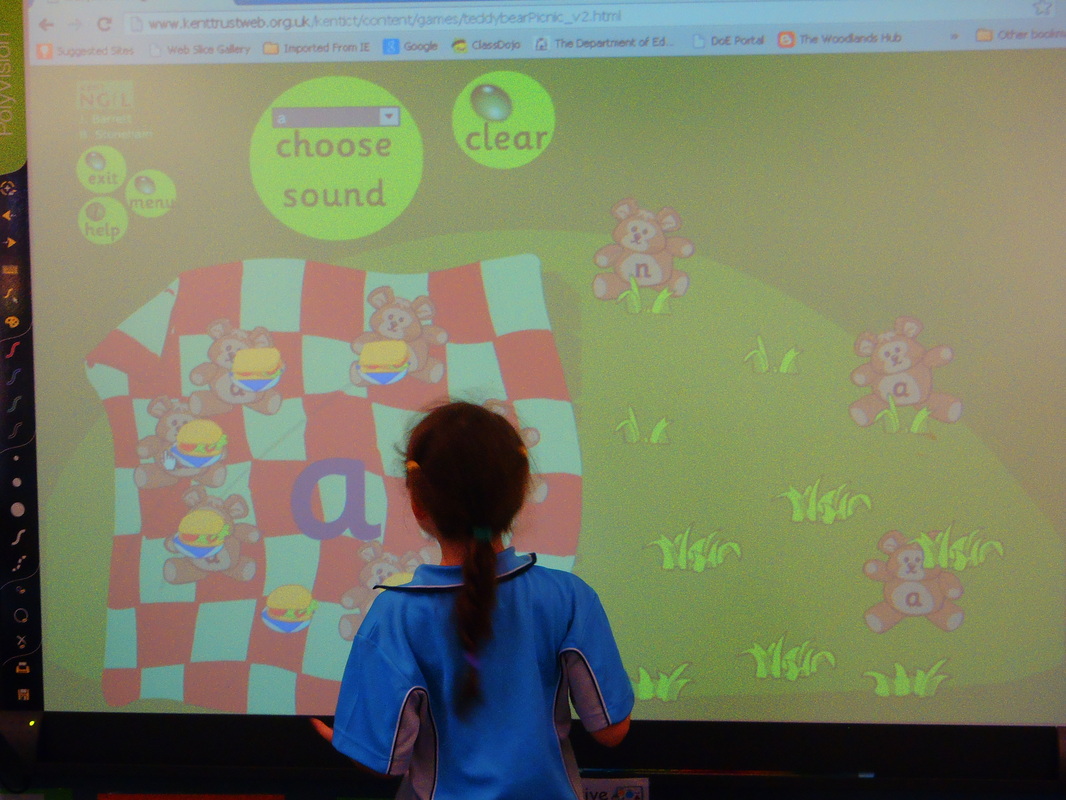
Practising letter recognition and matching using the Interactive Whiteboard
|
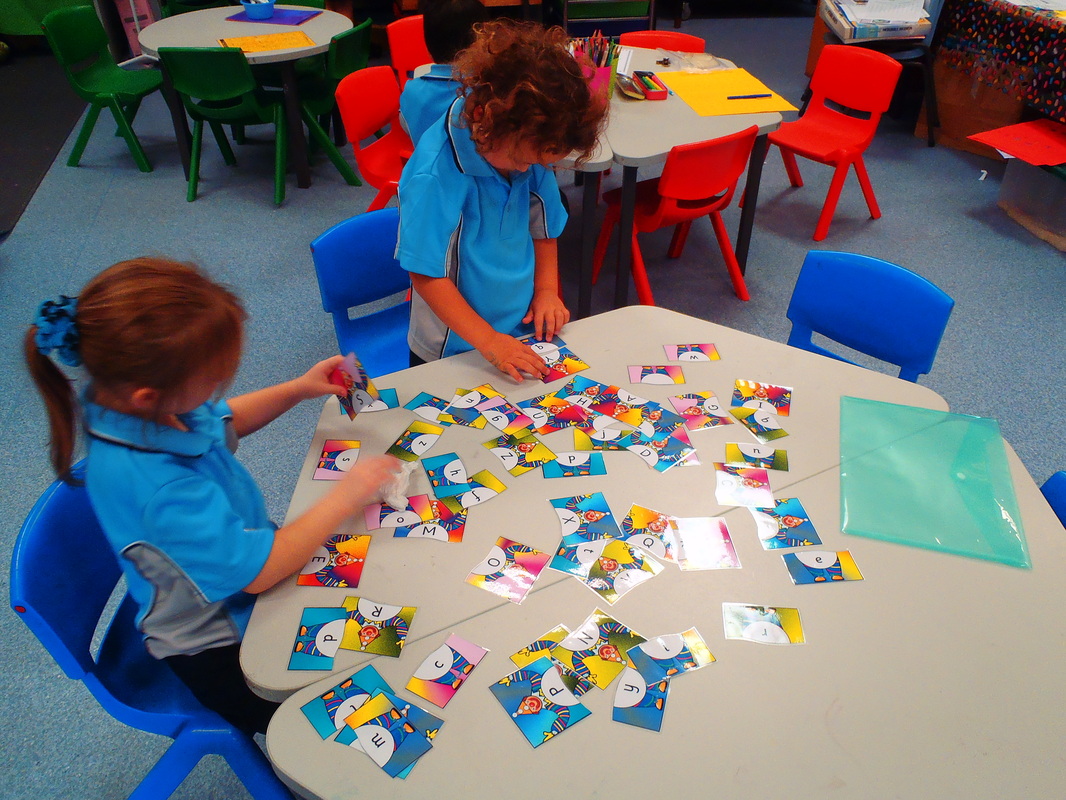
Matching and identifying upper and lower case letters.
|
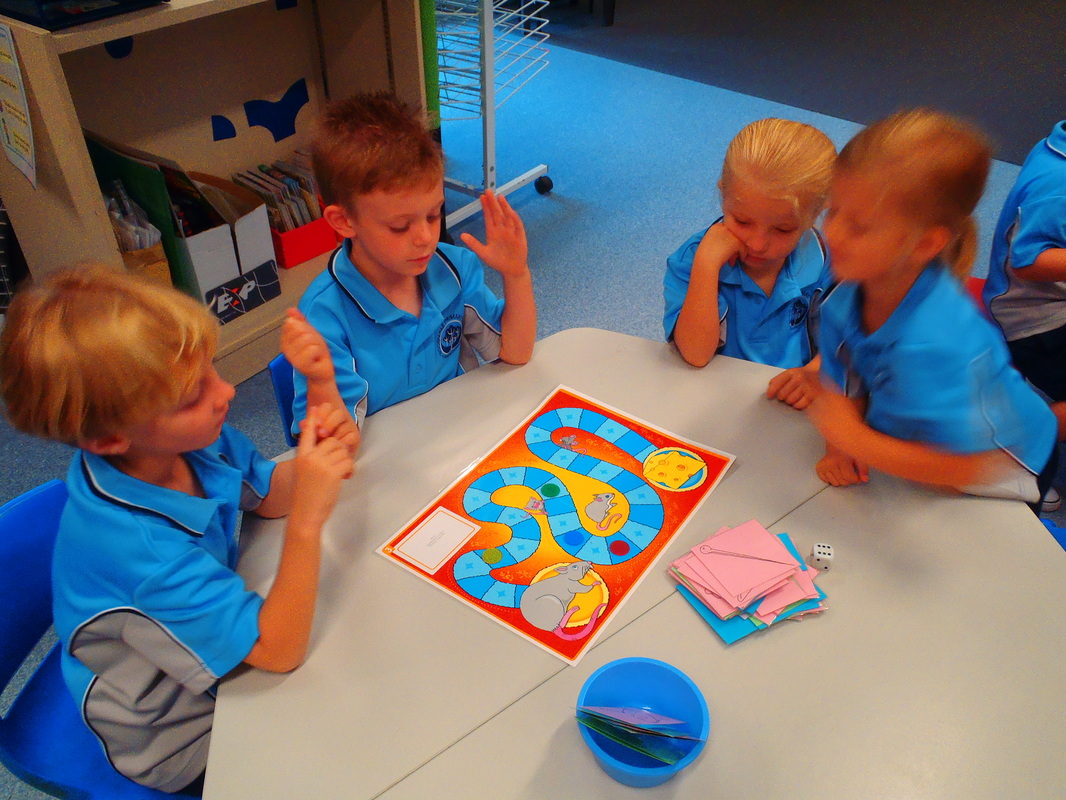
Revising Initial sounds
|
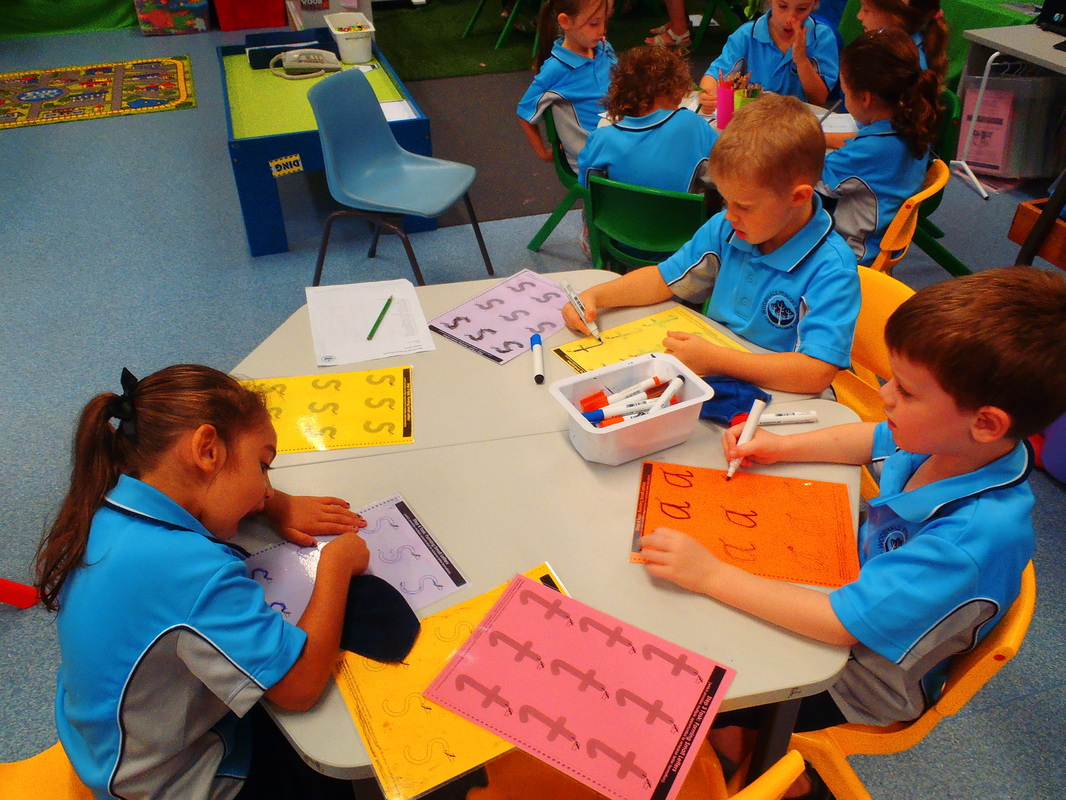
Letter formation
|
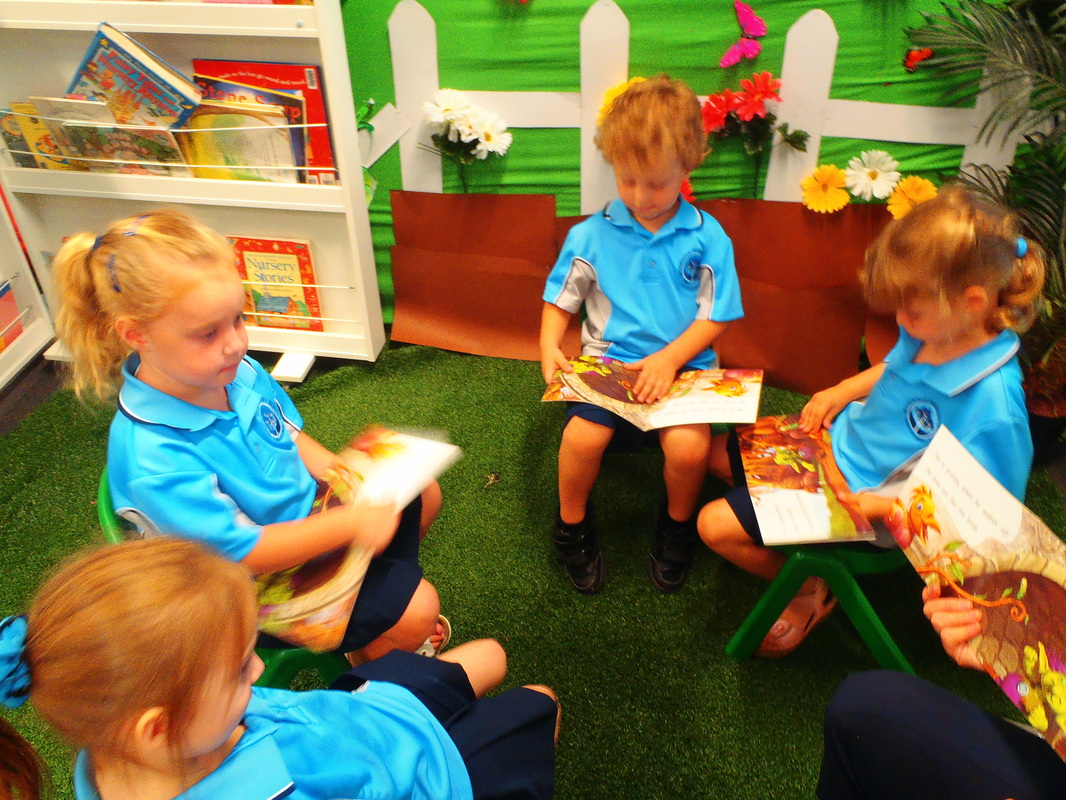
Exploring text conventions and identifying letters.
|  Click here to access song We are continuing to look at the 0-9 number pattern and explored how each decade has the same pattern. We then sequenced numbers on the Interactive Whiteboard and then we each were given a number and had to line up in numerical order using the number pattern we had learnt. To practise these skills we used missing number boards and had to fill in all the missing numbers in the correct order, used number cards on the mat and sequenced them using the number board to help us, played the caterpillar sequencing game on the computers and sang the 100 song on the Interactive whiteboard.
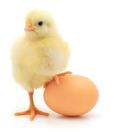 In Science we watched a clip about egg laying animals. We then chose an egg laying animal to draw a picture and complete a sentence. These are some of the animals we chose;
* octopus * birds
* ladybug * snakes
* chicken * turtles
* fish * dinosaurs
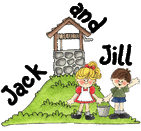 This week we looked at the Nursery Rhyme Jack and Jill. We discussed the words in the Nursery Rhyme and learnt that one meaning for the word 'well' is; a deep hole dug in the ground to get water. We also learnt that 'crown' can mean the top of your head. We made our own Jack and Jill and then explored rhyming words we identified in the Nursery Rhyme. We then sorted the rhyming words into groups. We also looked at the text of Jack and Jill and identified different conventions, such as the title, capital letters, long and short words and full stops. You can see our beautiful Jack and Jill work hanging up in our room.
 We looked at the Braidy tool which helps us to learn all the elements of a narrative. We then created a class narrative using the Braidy doll. We focused on the setting (when and where), characters, initiating event, actions, feelings and a conclusion. After we created our narrative we then independently retold the story using the symbols. Our focus when using oral language is to use full sentences, connect our ideas, and include greater detail.
We also helped Mrs Beale to sort all the pictures of the Nursery Rhyme back into the correct order. When then individually recited the Nursery Rhyme.
We began our phonics programme and explored the letters 's' and 'a'. We looked at our mouth formation when saying these sounds and words that start with each sound. We also wrote the sounds and looked at the directionality when writing each letter. We need to remember not to take our pencil off the page when writing the letter 'a' and which way our 's' starts.
In Mathematics we explored the concept of volume and had to identify the buckets with the least and most water in them. We then sequenced the buckets in order from full to empty.
We revised numbers to 10 and the 1-9 number sequence. We are using this knowledge to develop our skills when identifying numbers before and after.
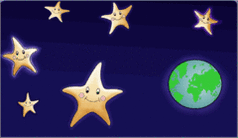 Last week we looked at the Nursery Rhyme Twinkle Twinkle Little Star. We made our own star artwork and added information we had learnt about stars from the Magic School Bus Sees Stars video. You can see o8ur star artwork hanging in our classroom.
Did you know...
* That the sun is a star.
* Stars are made of gas and dust.
* Stars give us light, heat and energy.
* Stars can explode and new stars are formed from their dust.
In Mathematics we looked at groups of stars and discussed which groups had more or less. We practiced this skill using one to one counting and subitising (visual recognition of a small group). We also look at positional language and followed the instructions to place the stars in the correct place. We focused on the concepts of behind, next to, under, on, front, in, beside, top, bottom, left and right. We explored the concept of size and height and used direct measurement to compare objects.
In Literacy we have continued to develop our knowledge of text conventions and the elements within a narrative. We are learning about words, text direction, capital letters, full stops, exclamation marks, question marks, identifying the start of a passage of text, long and short words. We are very good at identifying the cover of a book and its title. At home, I can practice pointing to the words as you read the book.
We are continuing to focus on initial sounds in words and have been looking at detecting and producing rhyming words. We are very good at detecting rhyming pairs and are now focussing on detecting and producing mutiple rhyming words.
 This week we have explored the Nursery Rhyme Baa Baa Black sheep. We used our senses to explore the properties of wool and created a senses chart. We discovered that we have 5 senses; sight, sound, hearing, smell and touch. We found that wool can be felt, seen and smelt. These are our describing words for our wool sensory chart.

Looks Like
* Wool
* Fat
* Long
* Little
* White
* Sheep wool
| 
Feels Like
* Soft
* Squishy
* Smooth
* Light
* Fluffy
* Warm
| 
Smells Like
* wool
|  Click here to access the colours song. We also explored colours and looked at the colours in a rainbow. We discovered there are 7 colours in a rainbow and they make the name ROY G BIV
RED ORANGE YELLOW GREEN BLUE INDIGO VIOLET.
We then retold our experiment as a class using a when, where, who, what, how and why procedure. This is our class retell.
Pre-Primary Two's Rainbow Experiment
Yesterday in the afternoon we made a rainbow outside our class on the grass area. We made our rainbow using a glass prism. We held the prism towards the sun to let the light shine through it. We learnt there are seven different colours in rainbow.
Mathematics
In Maths we have been exploring the concept of sharing objects. We help the farmer share his sheep into the paddocks. When we share we move one objects at a time and keep going until all the objects have been used.
We also helped the farmer to sort his sheep into largest to smallest. We then counted the total number of sheep. When we count we need to remember to point to only one object at a time.
We are focussing on recognising numbers to 20 and clearing writing numbers to 10.
Literacy
In Literacy we are continuing to look at oral language and make sure we use full sentences and correct tense. We need to make sure we speak clearly and look at the person we are speaking to.
We also used our predicting skills to predict stories based on their front cover and title. We looked at the conventions of a text and pointed to the words in the story as Mrs Beale read the book.
We are getting much better at detecting initial sounds in words, clapping their syllables and detecting and producing rhyme.
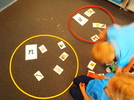
Initial sound sorting
|
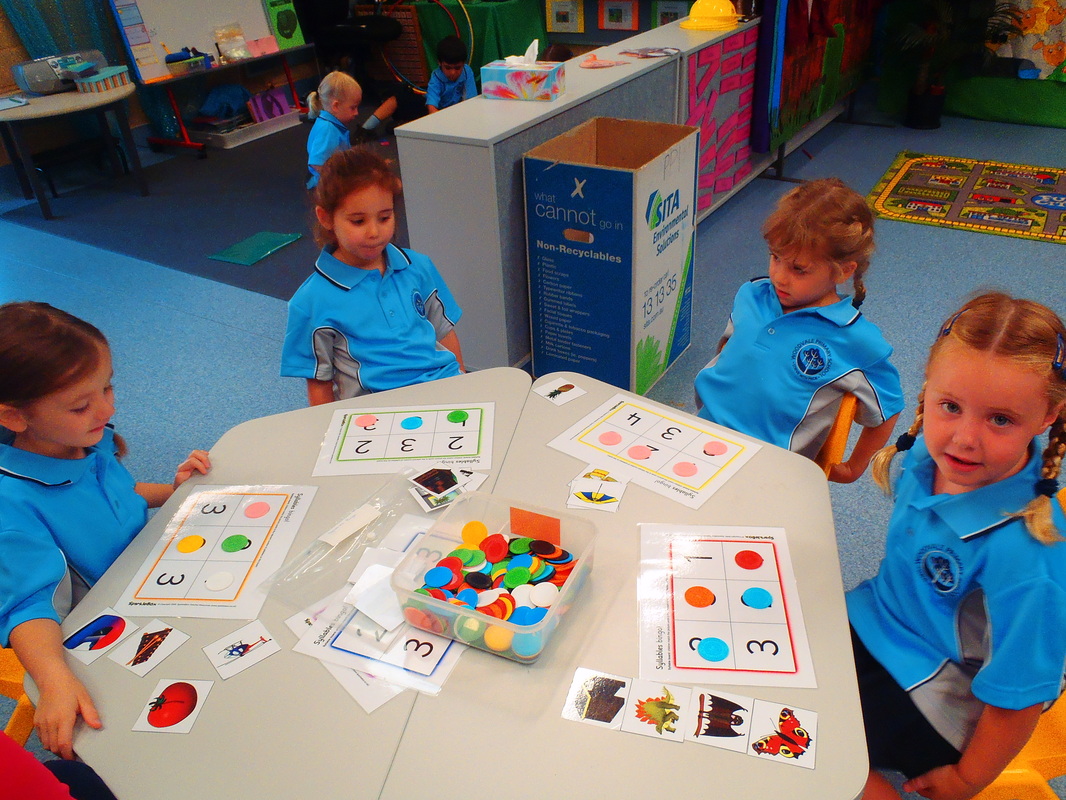
Syllables bingo
|
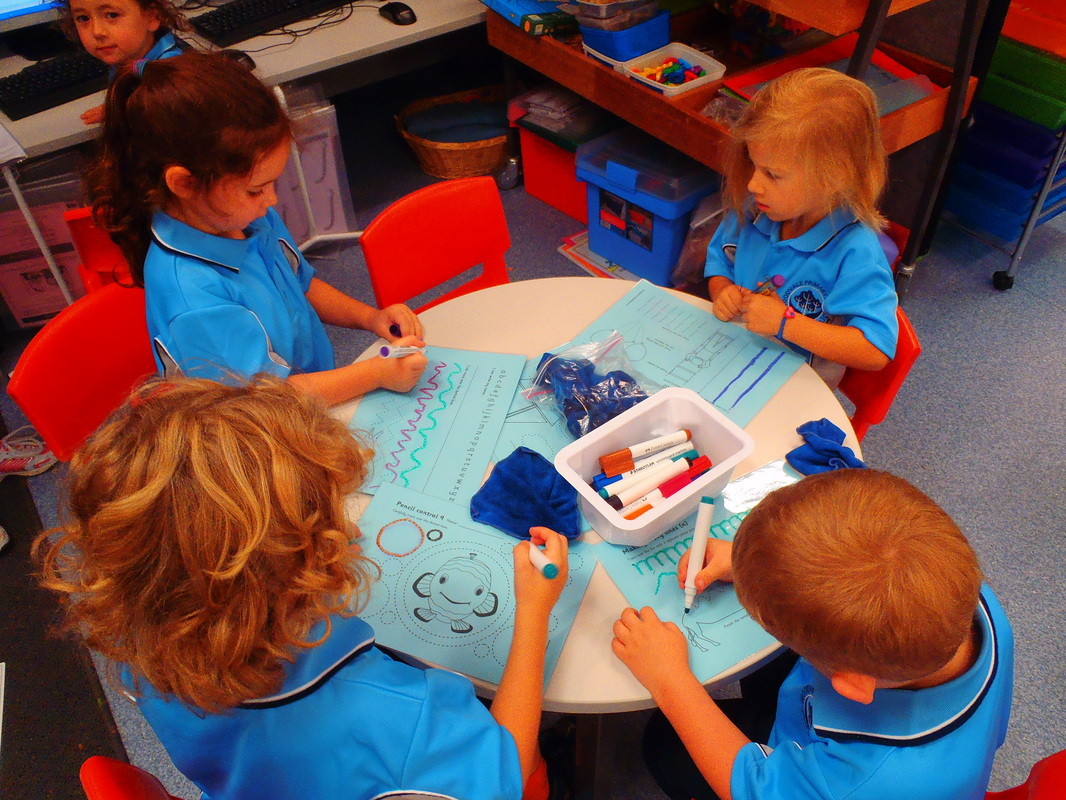
Fine motor tracing
|
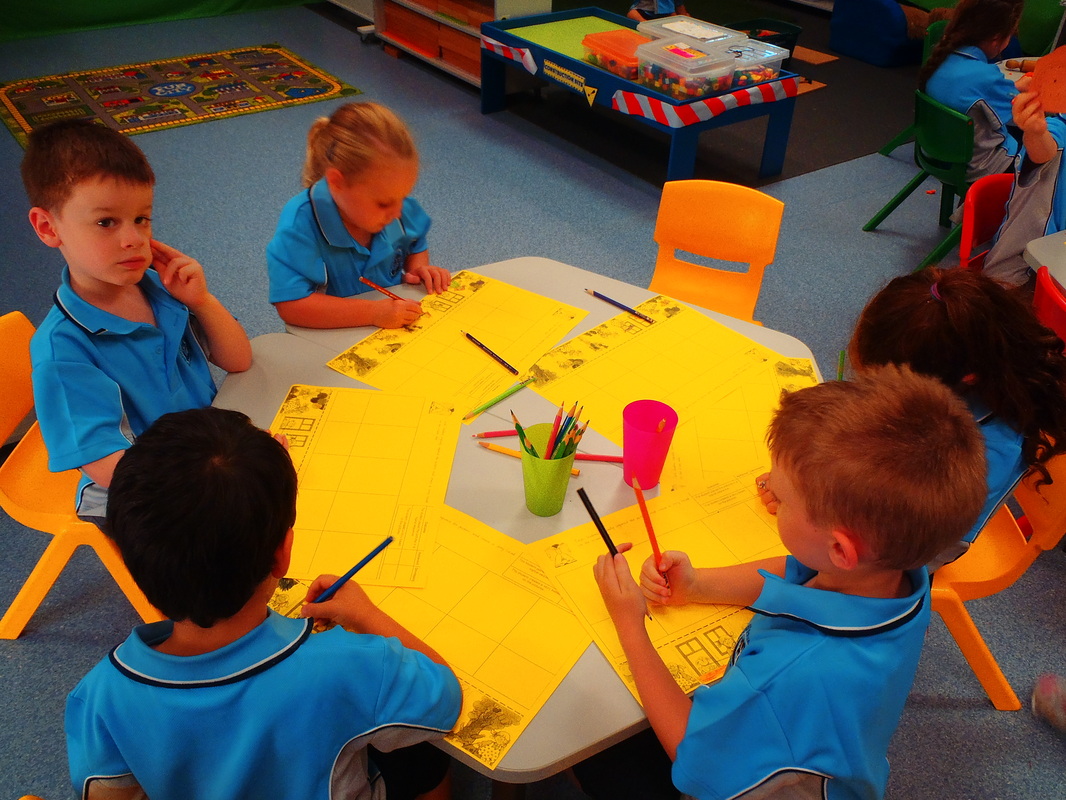
Narrative sequencing
|
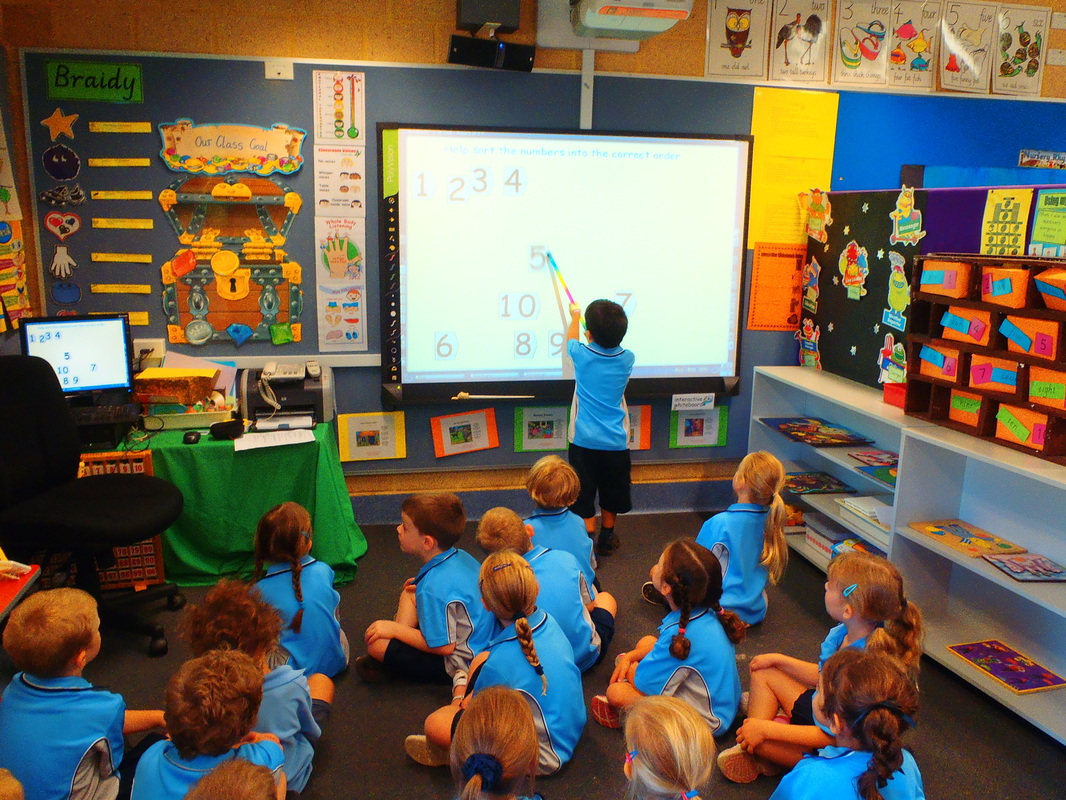
Number sequencing
|
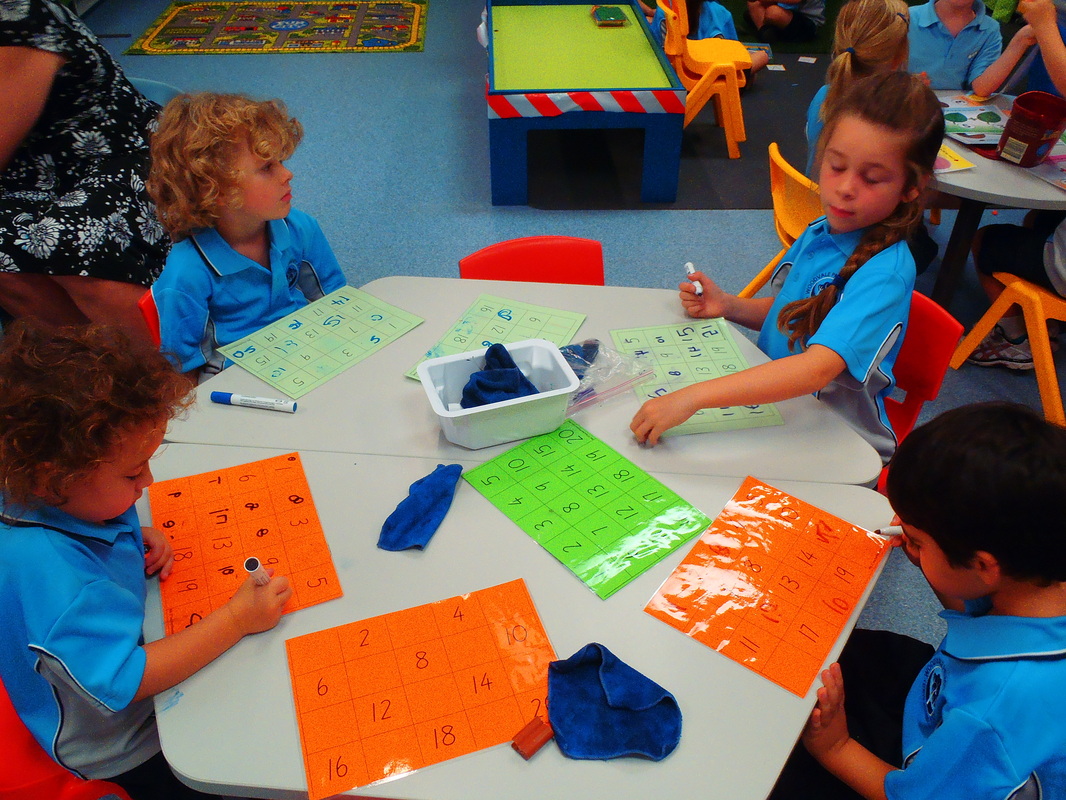
Number formation and order
|
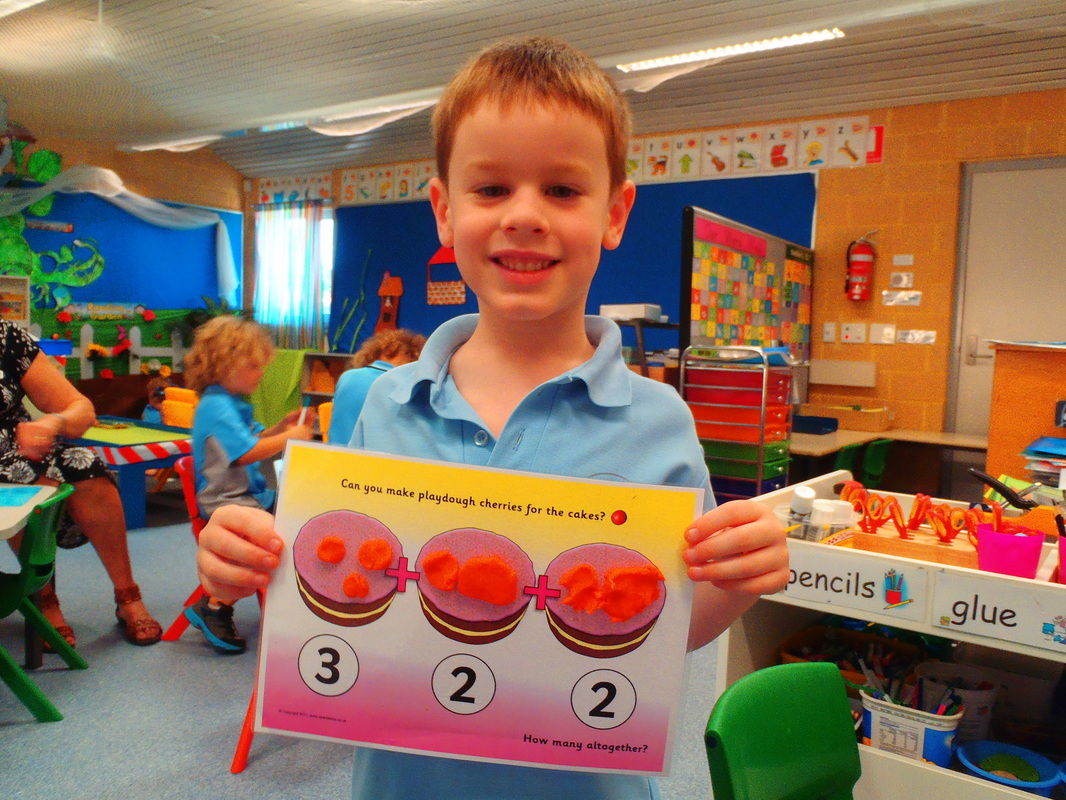
Additton
|

Creating Patterns
|
|








